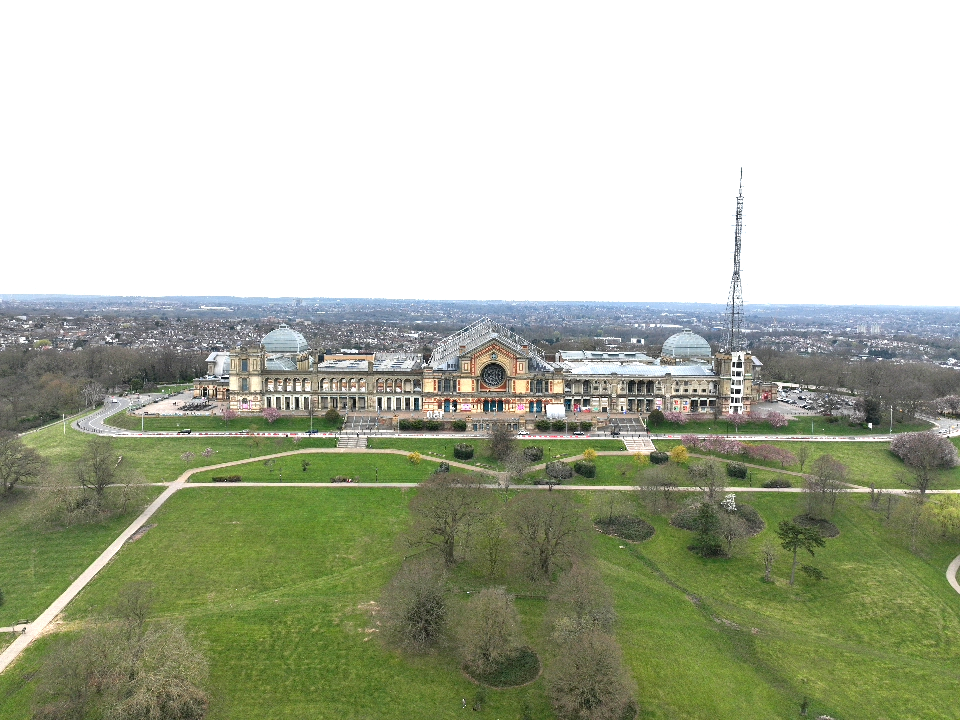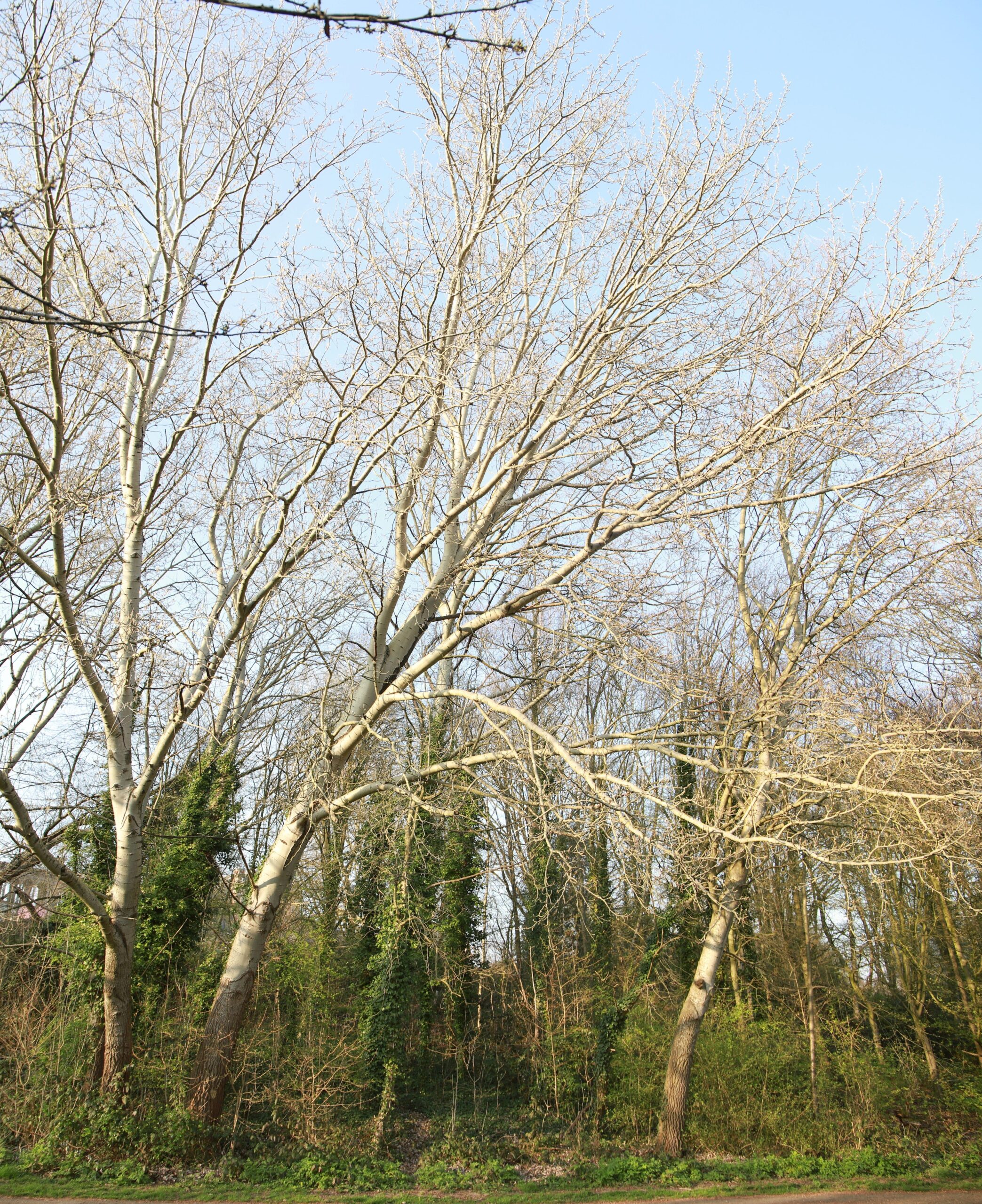Mark Evison, Alexandra Park manager
We know people love the park, it’s one of the best in London (we’re a unapologetically biased), 196 acres in all, and is used non-stop, all year round.
Our parks team works to keep it in top condition so that wildlife can make their home here and it continues to be a haven for people.
But as we make our way firmly into the new year, some parts of the park are still suffering and wet feet, muddy trousers and filthy pooches are all too evident at the moment.
A number of factors come into play once the rain arrives at Ally Pally: the Palace sits on a clay hill topped with a gravel cap. Rain water percolates through the free draining gravel until it reaches the waterproof clay, it is then emerges from the hillside at various points along the ‘middle path’ creating squelchy muddy patches. Any local solution to capture and direct this water is difficult to control as after a year or so the natural swelling and shrinking of the clay opens new fissures and the water is directed somewhere else.
Recent surveys have also discovered that there is an aquifer under the north west corner of the building. An aquifer will collect rainwater all year-round and then slowly discharge it, explaining why the flow from the springs across the hill can be unrelated to the weather conditions. This issue has been around for a very long time as newspaper reports in the 1850s mention “…abundant springs of water”.
The Park is over 150 years old and the Victorian land-drains are not always fit for purpose after a century and a half of hard work. No records of the layout remain so it’s difficult to locate them for maintenance, and it’s obvious in winter that most of these drains are under a lot pressure.
If that’s not enough of a challenge we also have to deal with leaking mains water pipes owned by the water companies that cross our land.
We have made attempts to unblock gullies, drains and inspection chambers to keep the surface water drains flowing. We’ve also tried to direct the flow on the surface to control it in an attempt to prevent the worst flooding using swales and path crossings. One big step forward was decommissioning the Palace’s private fire main. This corroded ductile iron pipe runs for around 1,000 metres under the Park and had a habit of springing a leak every six-months or so.
We continue to work hard to battle these challenges. We’d like to do more, of course, but long term solutions would require significant investment that as a charity are out of reach at the moment.
Of course, it’s not all doom and gloom! The park is being enjoyed by more and more people. Wildlife here is thriving, whether that’s visiting birds, insects or butterflies. This has all been recognised with our award of a Green Flag for a twelfth year in a row. In 2019 we also achieved London in Bloom’s Large Park, Heritage Park and Large Conservation Area awards. These awards are a testament to the work of our Park team from John O’Conner and everyone else who helps us to look after the park, with particular thanks to all the volunteers, especially the Friends of Alexandra Park.
And here’s to a brilliant spring and summer in 2020…





